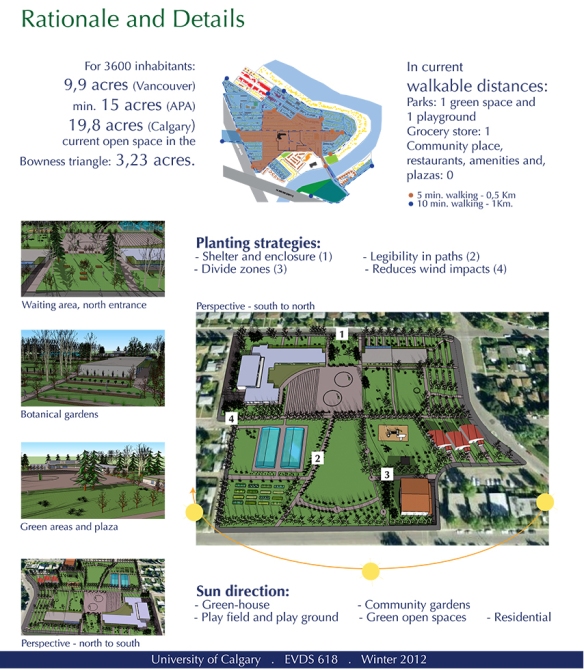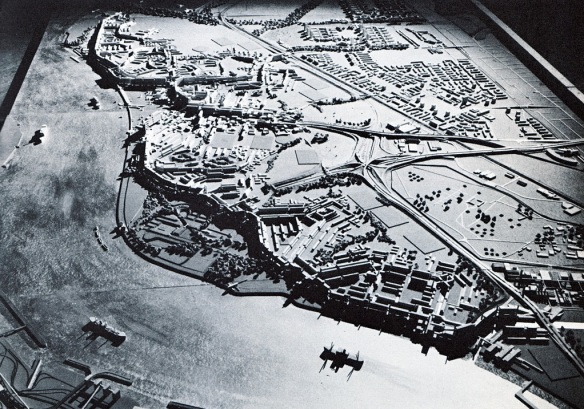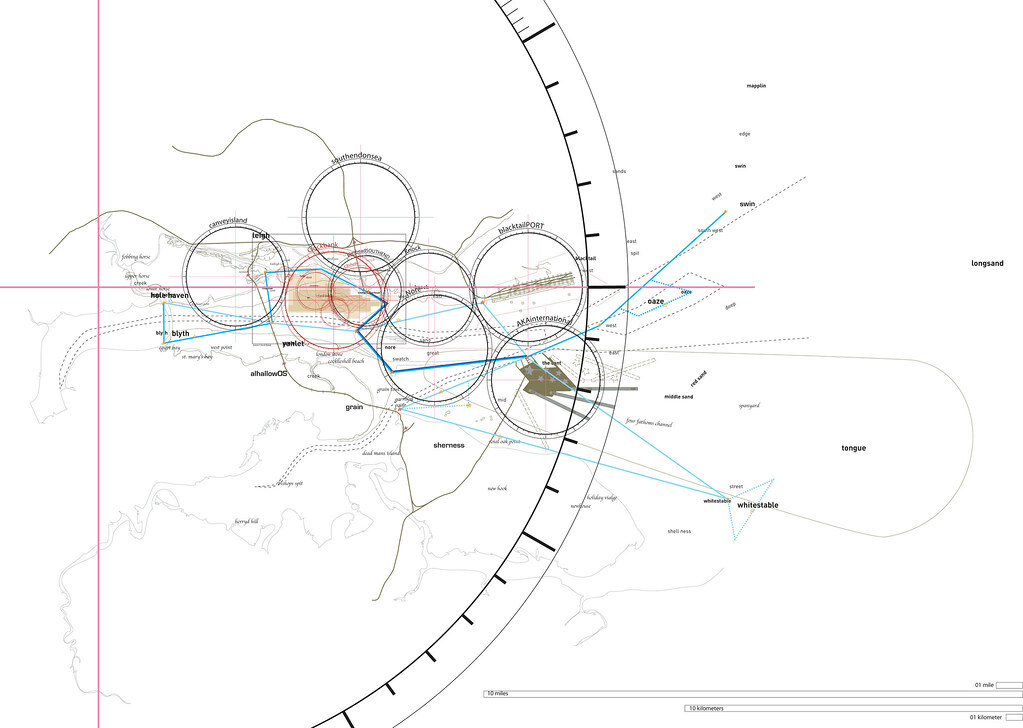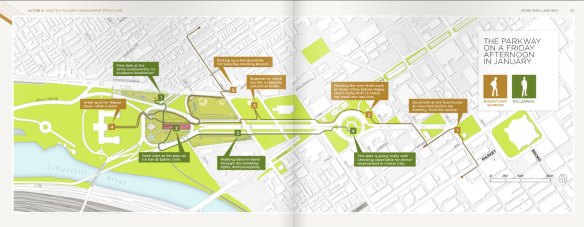Urban centres, and the communities within them, are built over time through the interplay between a range of actors, from individuals, to organizations, to governments. The roles of the national and state (provincial) levels of government in both Canada and the United States in mitigating, directing, and participating in these interactions are formally and constitutionally entrenched. However, at the city, or sub-regional level, the role of government does not have the same constitutional status and is, at times, blurred. This presents an opportunity for different groups to exert power and influence in different ways in shaping the environment at the urban scale. The ‘blurry’ urban scale is an opportunity to leverage power from below (grassroots/community) as well as from above (nation/state).
On day 2 of a visit to Seattle, students from Simon Fraser University’s Urban Studies program met with representatives from four very different organizations, all of whom had a…
View original post 1,118 more words











